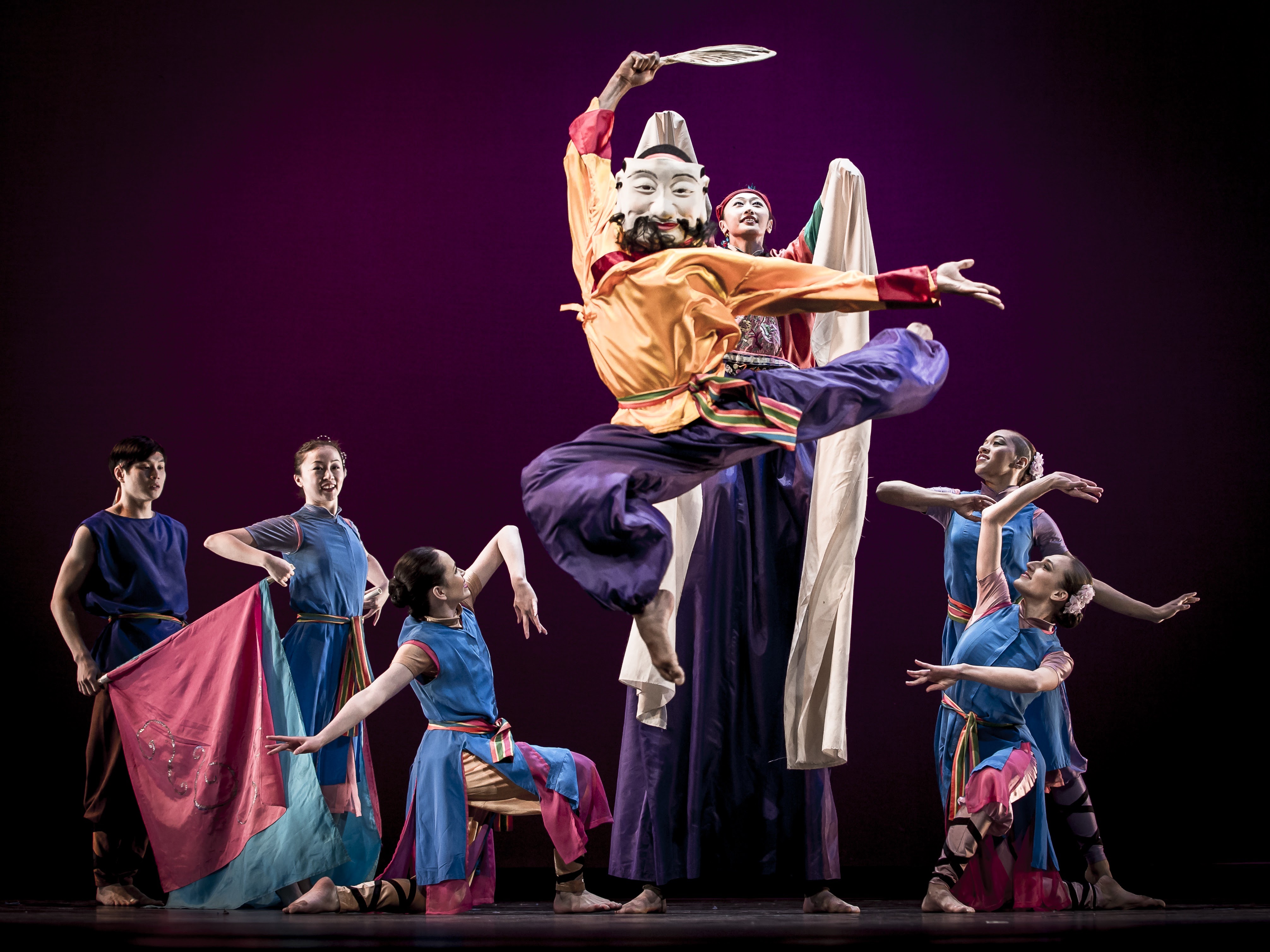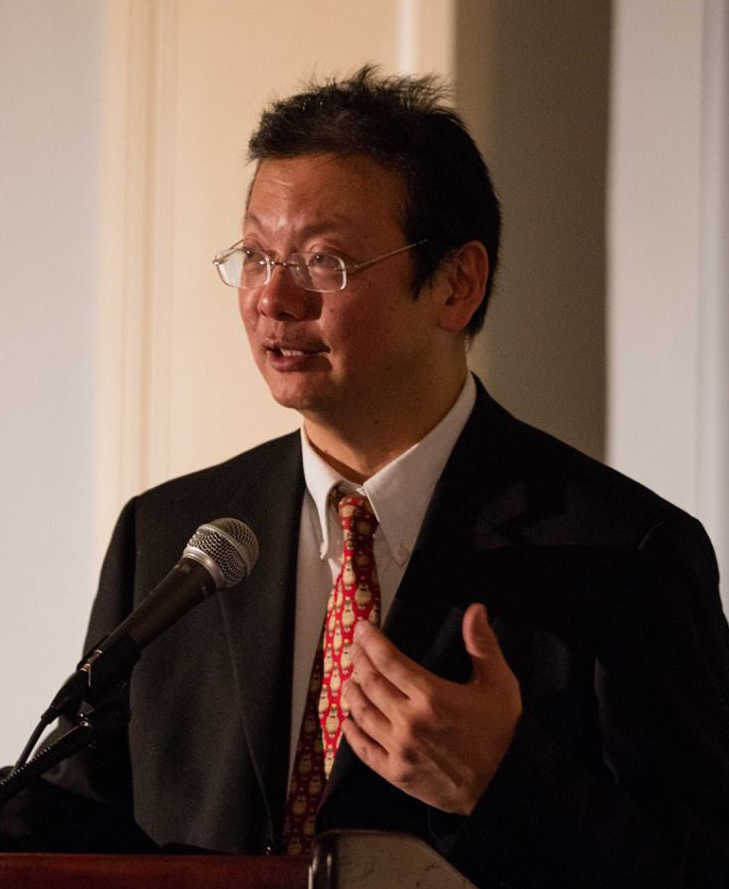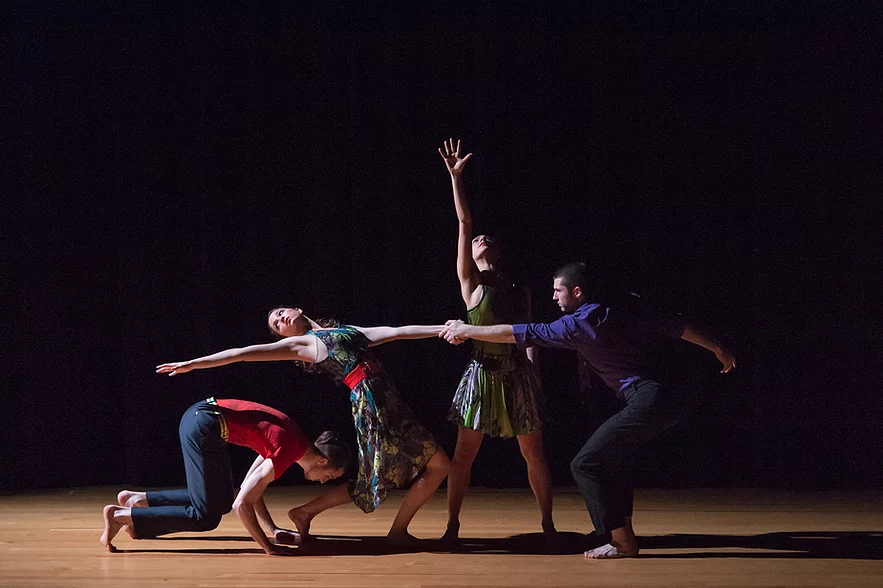A Computer Scientist Applies Systems Thinking to Dance
-
-
Slice of MIT
Filed Under
Recommended

Above: The Nai-Ni Chen production of Red Firecrackers, which will be featured during its online Year of the Golden Ox festival Feb. 11–13, is a family-friendly story about the origins of Chinese Lunar New Year customs. Credit: Chris Nicodemo/AsianinNY.com

Andrew Chiang ’80, SM ’81 sees the world as an interlocking network of systems. It’s a way of thinking he developed at MIT and has applied to various fields, from finance to medicine, throughout his career as a computer scientist. Now, Chiang brings this outlook to bear on his work as executive director of a nonprofit arts organization, the Nai-Ni Chen Dance Company, a role he has filled for the last 10 years. Named for his wife, the group's artistic director, the New Jersey–based company aims to traverse cultural boundaries, fusing the grace and splendor of traditional Chinese dance with modern American dynamism, creating work that compels audiences to consider questions of identity, authenticity, and equality.
“We apply what in my time at MIT we called ‘systems thinking’ to my wife’s creative work, which is a rare thing,” Chiang says. That means considering how the different systems that converge in the operation of a dance company—including government funding, ticket buyers, and educational programming—interact with each other and color the creative work itself. Of course, every arts organization balances similar considerations, but Chiang and his wife engage in systems thinking to create and share work that addresses systemic social problems. An early conversation Chiang and Chen had with the late educational philosopher Maxine Greene has served as a guiding light for their ongoing mission: to create art with a clear message of inclusion, empathy, and understanding that engages with audiences from different walks of life.
“Greene’s idea was that any kind of artwork is educational and should be enriching to all aspects of society,” Chiang says. “When Nai-Ni has an idea, it is not just about telling a story on stage that people are inspired by. But it also has to do with, How do we deliver it? How do we tell teachers about it? What’s the message behind it?” In other words, if dance is a vehicle, Chiang wonders: What are its contents? How will it reach its destination? And who will feel its impact? When you start to think the way Chiang does, every situation comes to seem like a kind of mathematical problem with an optimal solution.
It is not just about telling a story on stage that people are inspired by. How do we deliver it? How do we tell teachers about it? What’s the message behind it?

Chiang emigrated to the Bronx, New York, from Taiwan when he was 14, with a single mom who worked as a nurse. A math whiz from a young age, Chiang caught the attention of a teacher who encouraged him to apply to prestigious undergrad programs. Computer science was just beginning to take off when Chiang began at MIT, and he eventually migrated from math into computing. He worked at IBM over several summers, researching automatic programming (or early AI), earning both money and MIT credits. Through his work at IBM, he received his master’s degree as part of the Department of Electrical Engineering and Computer Science’s 6-A program.
Finishing his studies at the dawn of the personal computer, Chiang resisted the call of Silicon Valley heeded by many of his peers. Instead, he stayed on the East Coast and joined a startup, founded by a fellow MIT alum, that focused on transactional computing in finance, designing systems to be crash resistant. He moved on to working on crash resistance at AT&T Bell Labs before starting a company called Intellimed, an early pioneer in electronic medical records. After selling the company, he worked as an independent consultant on projects in health care and finance.
Chiang had already met his future wife at MIT when she performed for the Chinese Student Club in a dance troupe visiting from Taiwan. (Chen was the troupe’s lead dancer; Chiang was the club’s president.) The two stayed in touch, and Chen eventually emigrated to the US to attend New York University. They married in 1982, and Chen started her namesake company six years later. By the time Chiang decided to step away from consulting and dedicate himself full time to the Nai-Ni Chen Dance Company, he had also served on a panel evaluating grants for the NEA and on the board of the Mid-Atlantic Arts Foundation. Chiang’s top-down understanding of arts funding has been an asset, as is his tendency to consider the big picture. “As a producer, I’m always thinking about the larger direction that we’re going in,” Chiang says.
Like so many others, the company has gone digital during the pandemic. This month, it will present three days of virtual programming to celebrate the Chinese Lunar New Year on February 11, 12, and 13. The online iteration of its annual festival will ring in the Year of the Golden Ox with archival footage from previous live performances, a medley of classical Chinese dances presented through the company’s modern, cross-cultural lens. Featured artists will participate in live Q&As, and the program will offer behind-the-scenes access as well—for example, with footage of a performer from the Peking Opera applying her elaborate and colorful stage makeup.
But perhaps the most fulfilling work for Chiang has been the company’s educational programming for the A. Harry Moore School for primarily low-income students with disabilities, in Jersey City, New Jersey. A project that’s taken shape over the past five years, the company’s dance classes have since migrated online. “It’s an opportunity for the students to move and be silly and be themselves, for an hour or two a week,” Chiang says. For kids who have been cooped up at home for remote schooling during the pandemic, the Zoom dance classes seem to deliver a welcome dose of joy.
“These kids are so resilient,” Chiang says. “They’re laughing and having fun and talking to each other—that’s really keeping my spirits up. I always tell the students that they inspire our dances more than anybody else,” he says. Weathering the pandemic has been tough for the company. But keeping its educational programs running online has been a consistent source of hope and inspiration. “We’re surviving this,” Chiang says. “And hopefully coming out with an even stronger vision for the future.”







